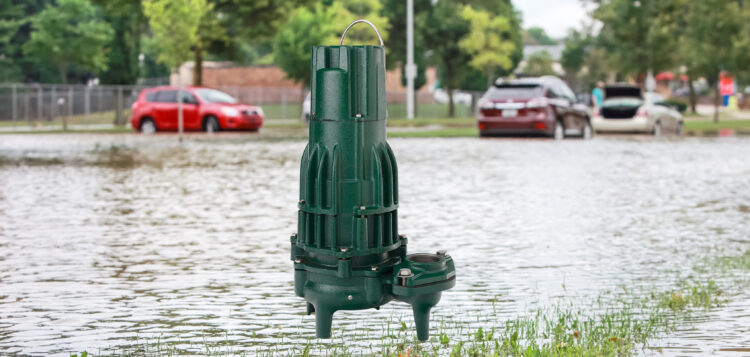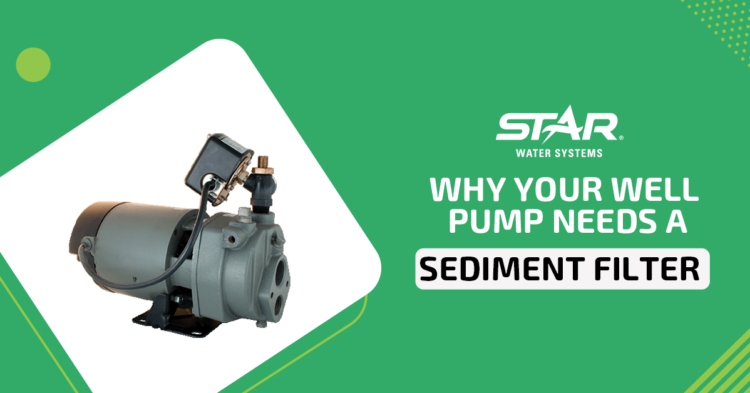When installing a bathroom or laundry area below your home’s main sewer line, you’ll need a system capable of pushing waste upward. Sewage ejector pumps and upflush toilet systems — sometimes referred to as toilet pump units — move wastewater up to the primary sewer line, enabling you to build that basement space you’ve always wanted. Since both solutions accomplish similar goals, it’s important to determine which one best suits your space.
Understanding Sewage Ejector Pumps
Sewage ejector pumps are designed to transport solids and liquids upward, typically from a sump pit located below your home’s main drain line. These pumps are commonly used in basement setups where gravity drainage isn’t an option. Without this type of system, waste can stagnate in pipes and lead to clogs or overflows.
Drain lines from basement fixtures are sloped to direct wastewater into the sump basin. As water rises to a certain level, a float activates the pump, propelling waste upward into the main sewer or septic system. Once levels recede, the float drops and the pump shuts off until it’s needed again.
Advantages and Drawbacks of Ejector Pumps
Sewage ejector systems offer a dependable, cost-friendly option for moving waste. They need minimal upkeep — usually just an annual check. That said, installation involves a few technical requirements:
- Building codes: Always consult a certified plumber or your municipality to ensure compliance. Some areas require permits for installation.
- Venting: These pumps must be vented to safely expel gases and balance internal pressure.
- Check valves: A valve is essential to stop waste from flowing backward into the home and to block odors.
- Sizing: Proper pump capacity depends on your setup — choosing the right size is critical for performance.
How Upflush Toilets Work
Upflush toilets provide a gravity-free alternative to traditional plumbing. Conventional toilets can’t function below a main drain line, but upflush systems come equipped with a built-in macerator pump that grinds waste before transferring it up to your sewer line. These units feature two tanks — one for water and one for the macerating mechanism.
Considerations When Choosing an Upflush Toilet
One of the top benefits of an upflush system is its flexibility — installation is simple and doesn’t require extensive plumbing work. These units can move waste up to 20 feet vertically. They’re also efficient, reliable, and often last more than a decade. Keep these factors in mind when shopping:
- Initial cost: Upflush toilets tend to cost more upfront than conventional models.
- Sound: The internal blades can be loud during operation.
- Electricity: These systems require power to function.
- Usage volume: In homes with high usage, the m



